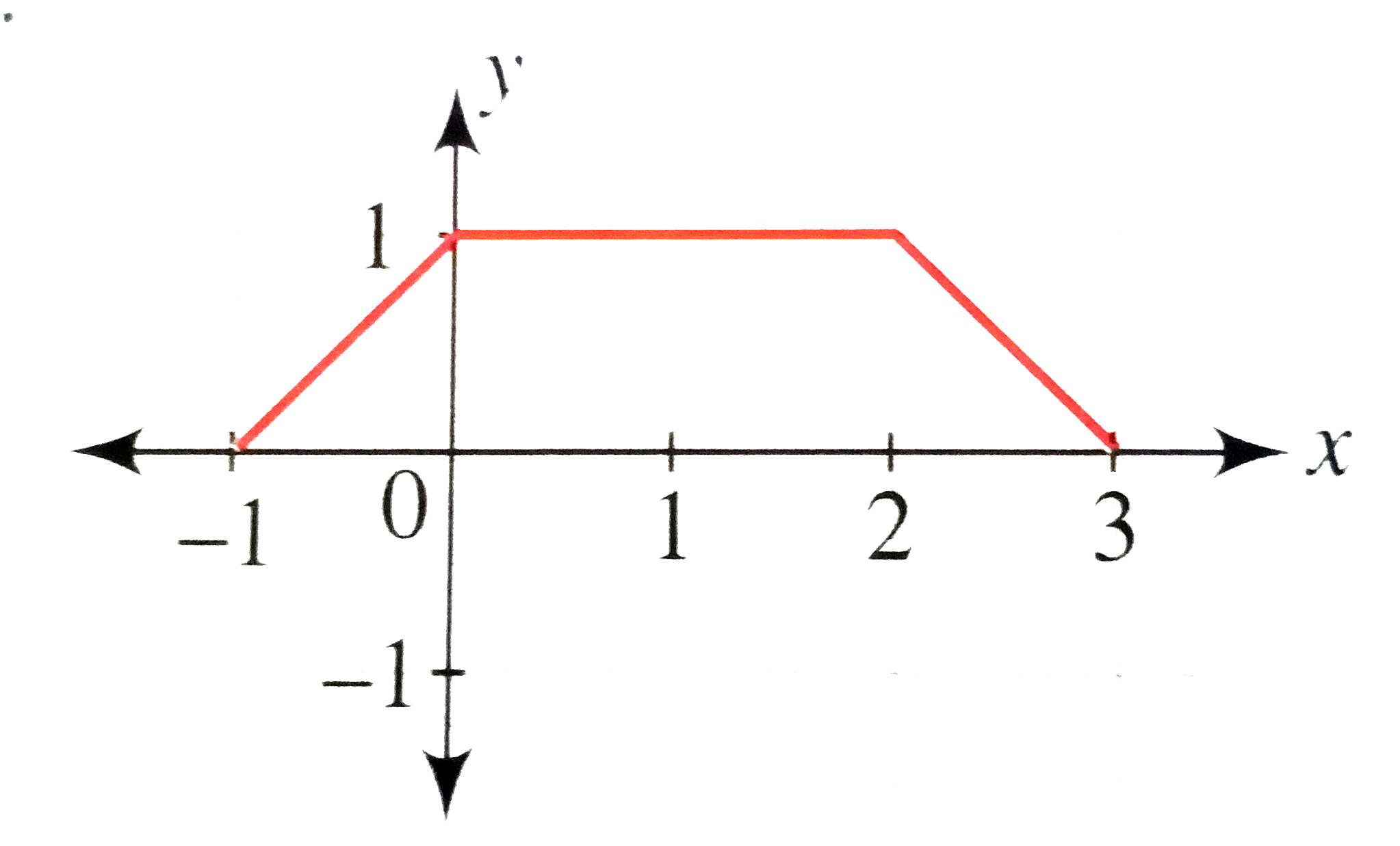Given the function (A) (B) (C) (D) none of these
To solve the problem, we need to analyze the function given and derive the required expression step by step.
Step 1: Define the Function
The function is defined as:
f(x)=ax+a−x2
where a>2.
Step 2: Find f(x+y)
Using the definition of the function, we can express f(x+y):
f(x+y)=ax+y+a−(x+y)2
Step 3: Find f(x−y)
Similarly, we can express f(x−y):
f(x−y)=ax−y+a−(x−y)2
Step 4: Add f(x+y) and f(x−y)
Now, we need to add these two expressions:
f(x+y)+f(x−y)=ax+y+a−(x+y)2+ax−y+a−(x−y)2
Combining the fractions, we have:
f(x+y)+f(x−y)=ax+y+a−(x+y)+ax−y+a−(x−y)2
Step 5: Simplify the Expression
Now we can factor the terms:
=(axay+a−xa−y)+(axa−y+a−xay)2
This can be rewritten as:
=ax(ay+a−y)+a−x(ay+a−y)2
Notice that ay+a−y=2f(y) and ax+a−x=2f(x):
=(ax+a−x)(ay+a−y)2
Thus, we can write:
=f(x)⋅f(y)
Step 6: Final Expression
Now, substituting back into the equation, we have:
f(x+y)+f(x−y)=2f(x)f(y)
Conclusion
Thus, the final result is:
f(x+y)+f(x−y)=2f(x)f(y)
The correct answer is (A) 2f(x)f(y).
---
The function is defined as:
f(x)=ax+a−x2
where a>2.
Using the definition of the function, we can express f(x+y):
f(x+y)=ax+y+a−(x+y)2
Similarly, we can express f(x−y):
f(x−y)=ax−y+a−(x−y)2
Now, we need to add these two expressions:
f(x+y)+f(x−y)=ax+y+a−(x+y)2+ax−y+a−(x−y)2
Combining the fractions, we have:
f(x+y)+f(x−y)=ax+y+a−(x+y)+ax−y+a−(x−y)2
Now we can factor the terms:
=(axay+a−xa−y)+(axa−y+a−xay)2
This can be rewritten as:
=ax(ay+a−y)+a−x(ay+a−y)2
Notice that ay+a−y=2f(y) and ax+a−x=2f(x):
=(ax+a−x)(ay+a−y)2
Thus, we can write:
=f(x)⋅f(y)
Now, substituting back into the equation, we have:
f(x+y)+f(x−y)=2f(x)f(y)
Thus, the final result is:
f(x+y)+f(x−y)=2f(x)f(y)
The correct answer is (A) 2f(x)f(y).
Similar Questions
Given the function f(x)=ax+a−x2(wherea>2).Thenf(x+y)+f(x−y)= 2f(x).f(y) (b) f(x).f(y) f(x)f(y) (d) none of these
View SolutionLet f(x)=|x−1|. Then (a)f(x2)=(f(x))2 (b) f(x+y)=f(x)+f(y) (c)f(|x|)=|f(x)| (d) none of these
View SolutionLet f(x)=|x−1|. Then (a)f(x2)=(f(x))2 (b) f(x+y)=f(x)+f(y) (c)f(|x|)=|f(x)| (d) none of these
View SolutionIf f(x)=limn→∞n(x1n−1),thenforx>0,y>0,f(xy) is equal to : (a)f(x)f(y) (b) f(x)+f(y) (c)f(x)−f(y) (d) none of these
View SolutionIf f(x)=2x+2−x2 , then f(x+y)f(x−y) is equals to (a) 12{f(2x)+f(2y)} (b) 12{f(2x)−f(2y)} (c) 14{f(2x)+f(2y)} 14{f(2x)−f(2y)}
View SolutionIf f(x)=cos((log)ex),thenf(x)f(y)−12[f(xy)+f(xy)] has value (a) −1 (b) 12 (c) −2 (d) none of these
View SolutionIf f(x)=cos((log)ex),thenf(x)f(y)−12[f(xy)+f(xy)] has value (a) −1 (b) 12 (c) −2 (d) none of these
View SolutionGiven the graph of y=f(x).

Draw the graphs of the followin.
(a) y=f(1−x) (b) y=−2f(x)
(c) y=f(2x) (d) y=1−f(x)
View SolutionLet f(x+y)+f(x−y)=2f(x)f(y)∀x,y∈R and f(0)=k, then
View SolutionIf f(x+y,x−y)=xy then f(x,y)+f(y,x)2=
View Solution
